Weight equalisation |
Post Reply 
|
Page <1234 13> |
| Author | |
Grumpycat 
Far too distracted from work 
Joined: 29 Sep 20 Online Status: Offline Posts: 497 |
 Post Options Post Options
 Quote Quote  Reply Reply
 Topic: Weight equalisation Topic: Weight equalisationPosted: 31 Dec 21 at 11:03pm |
|
Itís a lovely boat BUT.
1) itís a rare beast in the uk . 2) Itís under canvassed for uk sailing conditions
|
|
 |
|
iGRF 
Really should get out more 
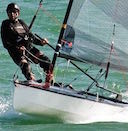
Joined: 07 Mar 11 Location: Hythe Online Status: Offline Posts: 6499 |
 Post Options Post Options
 Quote Quote  Reply Reply
 Posted: 31 Dec 21 at 11:09pm Posted: 31 Dec 21 at 11:09pm |
How is the Tasar weight equalised? We've now got five or six racing at our place, other than them being quite light to launch and recover off the beach I don't see any equalisation method. There's also a bunch sailing over in Whitstable, where having that extra inbred sixth finger helps with that boom spanner thing I guess. |
|
 |
|
Brass 
Really should get out more 
Joined: 24 Mar 08 Location: Australia Online Status: Online Posts: 1151 |
 Post Options Post Options
 Quote Quote  Reply Reply
 Posted: 31 Dec 21 at 11:55pm Posted: 31 Dec 21 at 11:55pm |
|
https://www.tasar.org/media/101985/TAS2019_CR_190408.pdf
C.6 Crew Weight C.6.1 The TASAR, while racing in all sanctioned events, shall carry a minimum total crew weight of 130 kgs. The crew shall be dressed in shirts and shorts, swim-wear or the equivalent, without shoes, all dry, at weigh-in. C.6.2 In the event that the weight of the crew, thus weighed, shall be less than 130 kg, such crew may race the TASAR, provided that, throughout the event, ballast equal in weight to at least the difference between the crew weight and 130 kgs is carried secured in the cockpit. The ballast carried need not exceed 12 kg. |
|
 |
|
iGRF 
Really should get out more 

Joined: 07 Mar 11 Location: Hythe Online Status: Offline Posts: 6499 |
 Post Options Post Options
 Quote Quote  Reply Reply
 Posted: 01 Jan 22 at 12:14am Posted: 01 Jan 22 at 12:14am |
 OH Joy! OH Joy!  They kept quiet about that, bet half fo them didn't know.. One of them does I bet he's been a previous class champion, am I going to give them the protest headache from hell. They kept quiet about that, bet half fo them didn't know.. One of them does I bet he's been a previous class champion, am I going to give them the protest headache from hell.  
Happy New Year everyone, except Tasarati!  Edited by iGRF - 01 Jan 22 at 12:15am |
|
 |
|
Brass 
Really should get out more 
Joined: 24 Mar 08 Location: Australia Online Status: Online Posts: 1151 |
 Post Options Post Options
 Quote Quote  Reply Reply
 Posted: 01 Jan 22 at 1:55am Posted: 01 Jan 22 at 1:55am |
You might like to look at the rest of CR C6 at the link I posted. Edited by Brass - 01 Jan 22 at 1:57am |
|
 |
|
Mozzy 
Far too distracted from work 
Joined: 21 Apr 20 Online Status: Offline Posts: 209 |
 Post Options Post Options
 Quote Quote  Reply Reply
 Posted: 01 Jan 22 at 9:31pm Posted: 01 Jan 22 at 9:31pm |
|
The 800 system works really well. It equalises for leverage and weight within a range. As someone who likes these things I've done all the calculations and mathematically it checks out, but also in practice it works very well.
The result is that the majority of the fleet are sailing in a very narrow bracket and even those outside the bracket are brought closer together. The major pro to this, is as a twin trapeze skiff that need a good size water to sail on, it's already a pretty narrow niche, so broadening out the competitive weight range help maintain good sized fleets. This is less of an issue for an olympic boat, but very welcome on the amateur scene. Downsides 1) is the boat is effectively 'slowed' down to equalise, if you consider maximum racks and no leads as the boats true potential (personally I find the boat plenty quick enough in equalised mode and making it any faster would likely lead to more breakages, a harder boat to sail, and smaller fleets) 2) it's admin weighing in at each event 3) lead is surprisingly expensive 4) inevitably where people aren't weighed in there are people on the wrong settings (although there is a pretty simple calculation you can do which will get you 90% there) For me 1 isn't a negative and the rest are worth it to open up the competitive weight range. 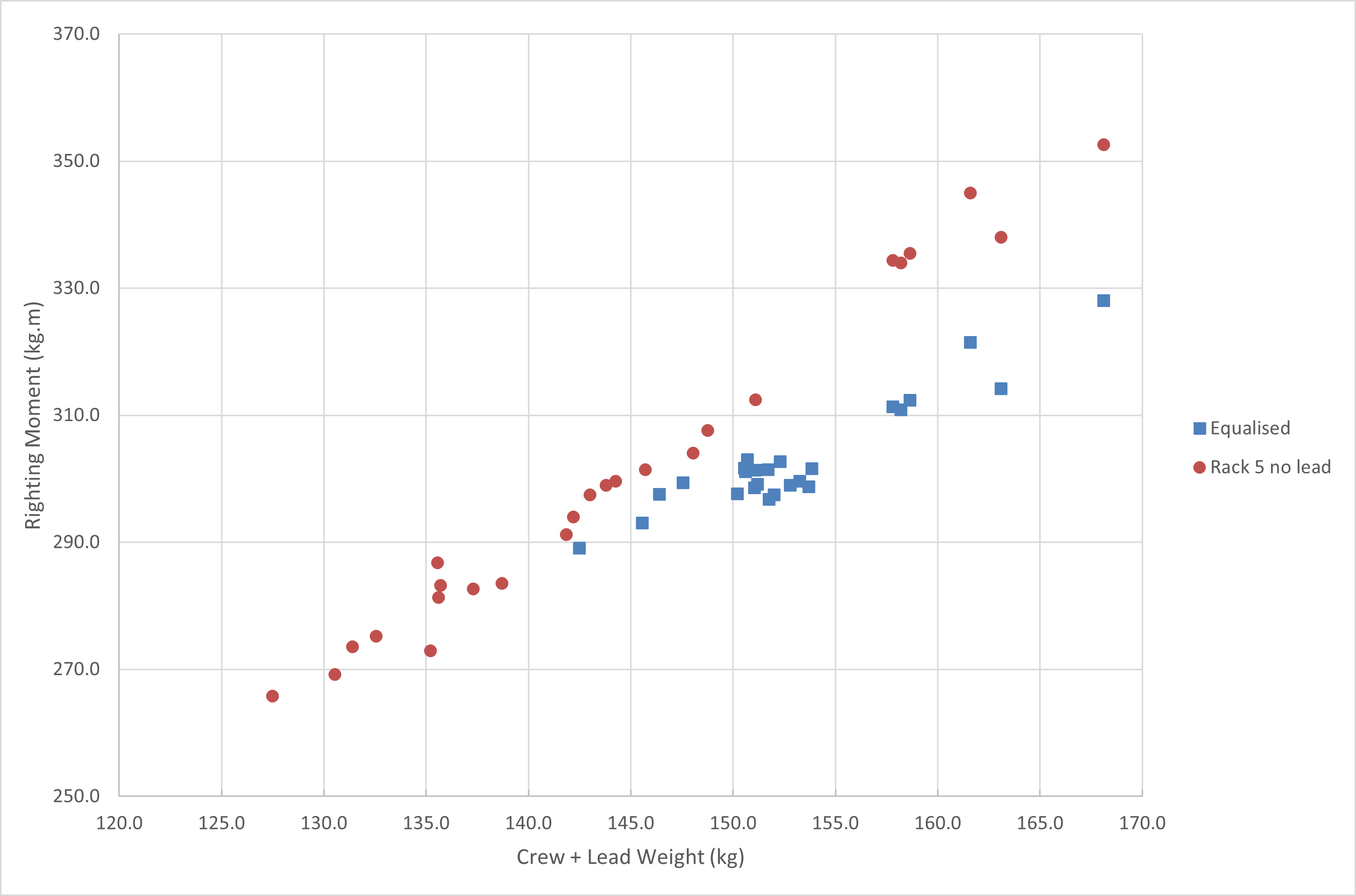 |
|
 |
|
Mozzy 
Far too distracted from work 
Joined: 21 Apr 20 Online Status: Offline Posts: 209 |
 Post Options Post Options
 Quote Quote  Reply Reply
 Posted: 01 Jan 22 at 9:42pm Posted: 01 Jan 22 at 9:42pm |
|
Some further points (if professional sailors got involved)
1) Is the ideal weight for the boat above, within or below the equalised weight/ If it was found to be (and that might vary on forecast and venue) then everyone would end up off one end of the scale. 2) If you are have a BMI < 21 it is possible to be off the low end of the weight equalisation (i.e. you have the maximum 5 lead) but you are still on the leverage scale. This results in you sailing at the same leverage as the boats equalised, but lighter (always preferable) 3) If you are very tall and again have low BMI it is possible to be off the leverage equalisation but still on the weight equalisation. This means you are sailing at the same weight as the other, but with more leverage (okay if windy) 4) If you dip weight before weigh, then rehydrate, in you sail the boat heavier than everyone, but with more leverage (okay if windy and within the range of how much you can dehydrate) 5) if you bulk before weigh in (then pee / poo) you sail the boat lighter than everyone but with less leverage (okay if light and within the range of a poo / wee) Most of those 'gains' are within a pretty narrow range and some have a downside. My gut feeling is that the ideal weight is within the equalised range. So unless you are confident in a forecast you'd be taking a big risk to do 1, 4 or 5. Guy and I fell in to line 2 for the 2020 nationals (rack 9/10 and 5 leads). If we were professional I would make sure we hit that weight every year. But, it's only a 1.5 kilo advantage. We could have dropped about 1.5 kilo and gone to rack 10 and taken a 3 kilo advantage. But with a system weight of ~300 kilo this is very small gains.
And we've also won two nationals on rack 6 and 7 and three and four leads. And we've also won plenty on rack 5 and three leads at other events. Edited by Mozzy - 01 Jan 22 at 10:02pm |
|
 |
|
PeterG 
Really should get out more 
Joined: 12 Jan 08 Location: United Kingdom Online Status: Offline Posts: 823 |
 Post Options Post Options
 Quote Quote  Reply Reply
 Posted: 02 Jan 22 at 10:20am Posted: 02 Jan 22 at 10:20am |
|
I'm thinking platform soles for the Contender and also wonder wether a high or low hook is a better option and when.
Interesting idea. Given what fun tacking a Contender is at the best of times for those not accomplished limbo dancers, I think they might cause problem! However, what about adjustable hydraulic ones? Shrink down to thin soles for tacking, extend them once your on the wire when it's blowing? Low hook is the better option if there's a lot of power, and you can manage it, given whatever the sea is doing. You get a bit of extra righting moment, but also, if you heel from a nearly horizontal position the change in righting moment is small. If you're already well up you get a much larger loss of righting - what you don't want in a gust.
|
|
|
Peter
Ex Cont 707 Ex Laser 189635 DY 59 |
|
 |
|
iGRF 
Really should get out more 

Joined: 07 Mar 11 Location: Hythe Online Status: Offline Posts: 6499 |
 Post Options Post Options
 Quote Quote  Reply Reply
 Posted: 02 Jan 22 at 1:38pm Posted: 02 Jan 22 at 1:38pm |
Inflatable shoe soles would do that.. 
But more seriously is it not logical to have the hook as high on ones person as possible in a breeze (and low when its light), given the better angle and leverage having the weight anchor point further away from the boat? Not that I see the range of hook height adjustability on trapeze style harnessses. Windsurfers used to have access to a range of hook heights, from chest harnesses down to low slalom seat style with wave waist style in the middle. Edited by iGRF - 02 Jan 22 at 1:39pm |
|
 |
|
Do Different 
Really should get out more 
Joined: 26 Jan 12 Location: North Online Status: Offline Posts: 1312 |
 Post Options Post Options
 Quote Quote  Reply Reply
 Posted: 02 Jan 22 at 4:14pm Posted: 02 Jan 22 at 4:14pm |
 Not getting your point iGRF. Given adequate core strength I cannot see how hook position on your body makes any difference; low riding jeans high or nipple warming high waisters. Yes the moment will change but as the moment increases the tension will decrease. Not getting your point iGRF. Given adequate core strength I cannot see how hook position on your body makes any difference; low riding jeans high or nipple warming high waisters. Yes the moment will change but as the moment increases the tension will decrease.
|
|
 |
|
Post Reply 
|
Page <1234 13> |
| Forum Jump | Forum Permissions  You cannot post new topics in this forum You cannot reply to topics in this forum You cannot delete your posts in this forum You cannot edit your posts in this forum You cannot create polls in this forum You cannot vote in polls in this forum |
Bulletin Board Software by Web Wiz Forums® version 9.665y
Copyright ©2001-2010 Web Wiz
Change your personal settings, or read our privacy policy
Copyright ©2001-2010 Web Wiz
Change your personal settings, or read our privacy policy






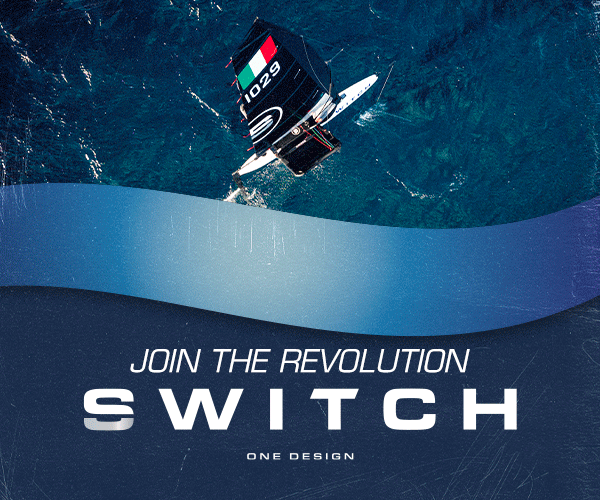
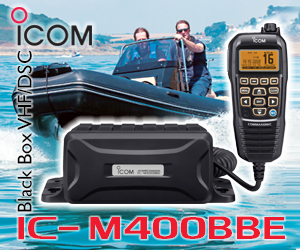
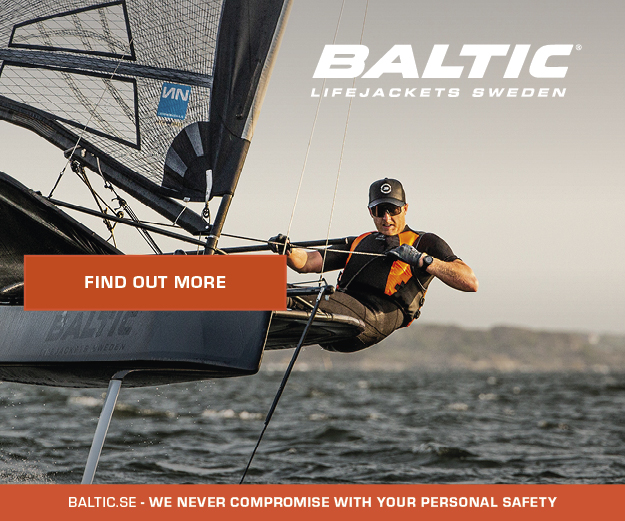
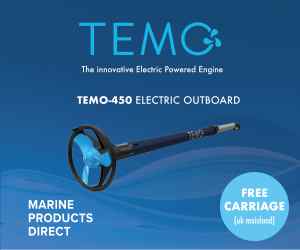
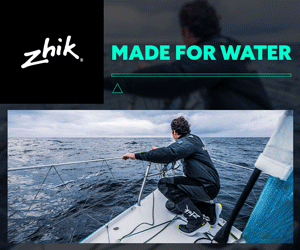
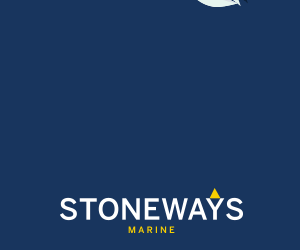
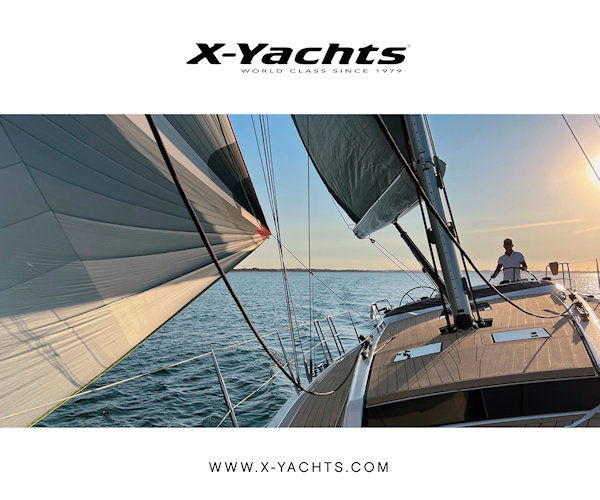
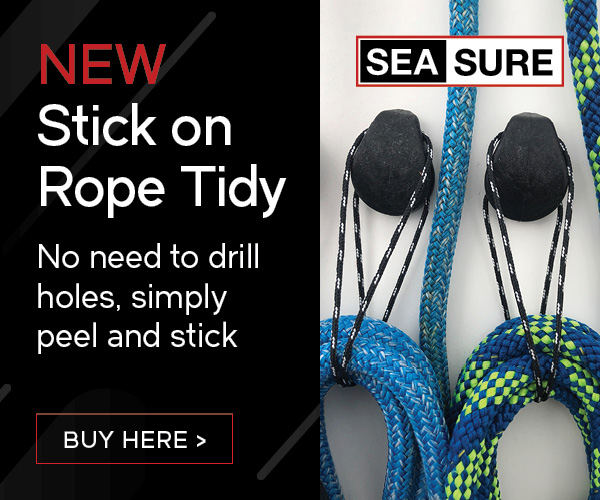
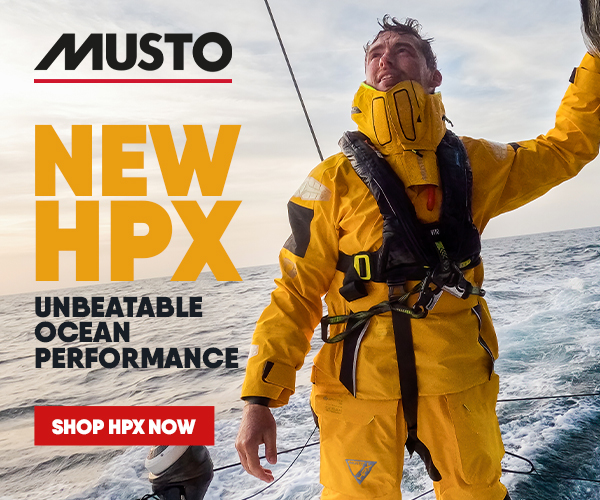
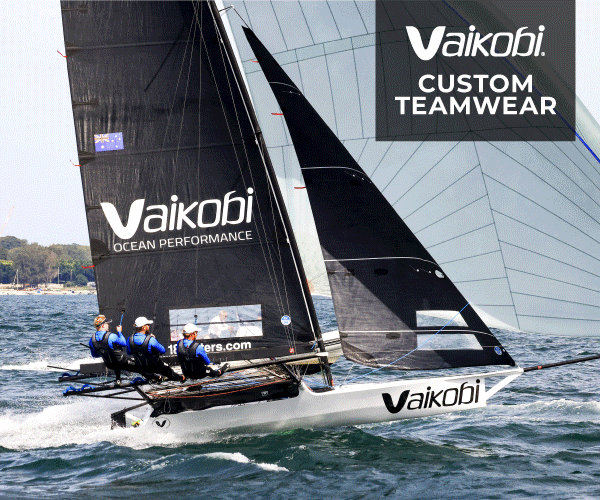








 Printable Version
Printable Version Delicious
Delicious Digg
Digg Facebook
Facebook Furl
Furl Google
Google MySpace
MySpace Newsvine
Newsvine reddit
reddit StumbleUpon
StumbleUpon Twitter
Twitter Windows Live
Windows Live Yahoo Bookmarks
Yahoo Bookmarks Topic Options
Topic Options